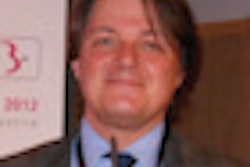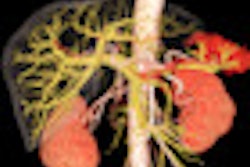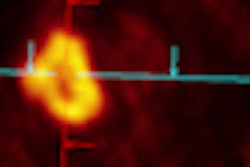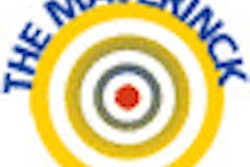Dear AuntMinnieEurope Member,
Forty years after Sir Godfrey Newbold Hounsfield invented CT, I wonder what he would have made of its spectacular recent development. He only died in 2004, yet the past few years have seen impressive growth in terms of the number of examinations and the rate of technological progress. Further product innovations will be on display at the European Congress of Radiology (ECR) later this week.
To mark the anniversary, we asked industry analyst Theo Ahadome to provide a roundup of the state of the CT market. He reckons the future depends on the success of ongoing dose-reduction efforts. To read more, visit our CT Digital Community, or click here. Also, make sure you log on to our ECR RADCast on Friday, when we'll publish a summary of CT vendors' new offerings at the Vienna congress.
Meanwhile, CT research continues to proliferate. Italian researchers, for instance, have found that CT perfusion can be readily incorporated into PET/CT lung cancer protocols to provide a clear picture of the biological characteristics of the tumor. Get the full story here.
The role of MRI in prostate cancer still arouses controversy. To bring clarity and standardization, the European Society of Urogenital Radiology (ESUR) has published new guidance about use of the technique. Visit our MRI Digital Community, or click here.
In advance of this summer's Olympics, the Royal London Hospital has undergone a major redevelopment, but it seems its radiology and nuclear medicine specialists won't be abandoning established procedures that work well. Researchers at the hospital have found that technetium-99m sestamibi myocardial perfusion scanning is still a great way to evaluate myocardial function. Click here to learn more.
Finally, ECR begins tomorrow, and you can follow our live daily coverage from Vienna. We promise to bring you all the news that matters. Also, we have expanded our archive of translated articles in French, Italian, and Spanish. To read them, click on one of the three flags on our home page.



















